


| MOQ: | 1kg |
| Price: | US $2/kg |
| Standard Packaging: | Cylinder/Tank |
| Delivery Period: | 15 days |
| Payment Method: | L/C, T/T |
| Supply Capacity: | 50000kg/month |
Ethylene gas (C2H4) is a colorless, flammable gas with a slightly sweet odor. It is a naturally occurring plant hormone and is also produced industrially for various applications. Ethylene plays a crucial role in plant growth and development and has several industrial uses. Here are some key points about ethylene gas:
Plant Hormone: Ethylene is a naturally occurring plant hormone involved in several physiological processes in plants, including:
Ripening: Ethylene is responsible for the ripening of fruits. It triggers the breakdown of chlorophyll, leading to changes in color, texture, and flavor.
Senescence: Ethylene promotes leaf senescence, leading to the shedding of leaves.
Flowering: Ethylene is involved in the initiation and regulation of flowering in plants.
Stress Responses: Ethylene is produced in response to various environmental stresses, such as drought, flooding, and pathogen attack.
Industrial Applications: Ethylene gas has numerous industrial uses:
Petrochemical Industry: Ethylene is a vital raw material for the production of various chemicals. It is used in the manufacture of polyethylene (the most widely used plastic), ethylene oxide, ethylene glycol, vinyl chloride, and other important chemicals.
Fruit Ripening: Ethylene is used in controlled environments to accelerate the ripening of fruits. It is commonly used in the commercial ripening of bananas, tomatoes, and other climacteric fruits.
Plant Growth Regulators: Synthetic forms of ethylene or ethylene-releasing compounds are used as plant growth regulators or plant growth inhibitors to control plant growth, flowering, and fruiting.
Safety Considerations: Ethylene is a flammable gas and should be handled with caution. Here are some safety considerations:
Storage and Handling: Ethylene gas should be stored in appropriate containers or cylinders designed for flammable gases. It should be stored in well-ventilated areas, away from ignition sources and heat.
Fire Hazards: Ethylene gas can form explosive mixtures with air. Precautions should be taken to prevent the accumulation of flammable concentrations and to minimize the risk of ignition.
Toxicity: Ethylene gas itself is not highly toxic. However, high concentrations of ethylene gas can displace oxygen in confined spaces, leading to an oxygen-deficient environment. Proper ventilation is important when working with ethylene gas.
When working with ethylene gas, it is important to follow all safety guidelines, regulations, and industry best practices to ensure safe handling, storage, and use.
Basic Info.
| Model No: | C2H4 | Transport Package | Cylinder |
| Specification: | 40L | Trademark | CMC |
| Origin: | Suzhou | HS Code | 2812190091 |
| Production Capacity: | 5000 Tons Per Month |
Specification:
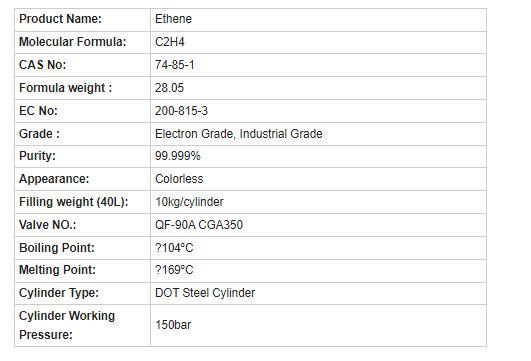
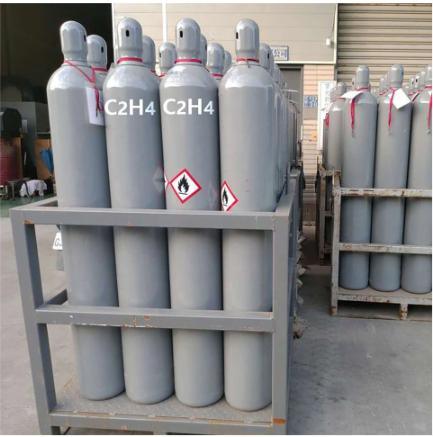
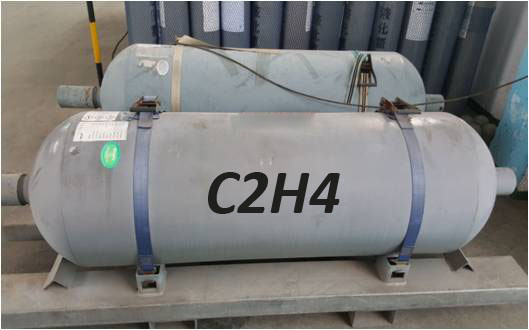
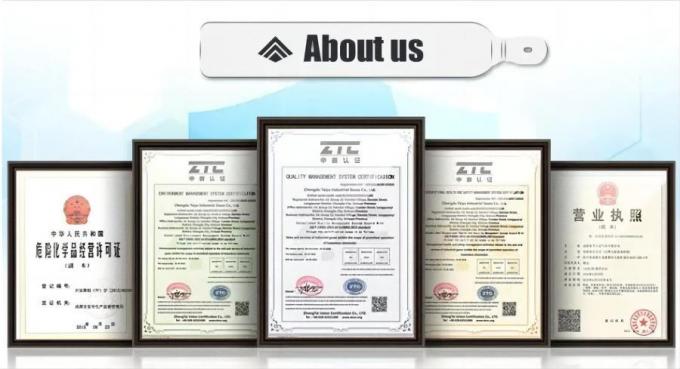

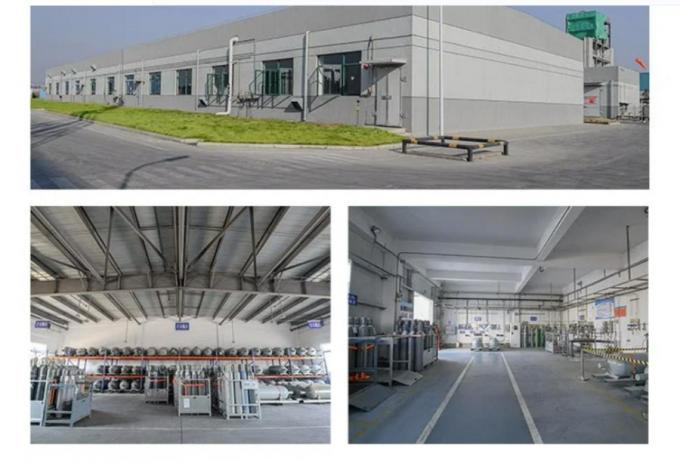

| MOQ: | 1kg |
| Price: | US $2/kg |
| Standard Packaging: | Cylinder/Tank |
| Delivery Period: | 15 days |
| Payment Method: | L/C, T/T |
| Supply Capacity: | 50000kg/month |
Ethylene gas (C2H4) is a colorless, flammable gas with a slightly sweet odor. It is a naturally occurring plant hormone and is also produced industrially for various applications. Ethylene plays a crucial role in plant growth and development and has several industrial uses. Here are some key points about ethylene gas:
Plant Hormone: Ethylene is a naturally occurring plant hormone involved in several physiological processes in plants, including:
Ripening: Ethylene is responsible for the ripening of fruits. It triggers the breakdown of chlorophyll, leading to changes in color, texture, and flavor.
Senescence: Ethylene promotes leaf senescence, leading to the shedding of leaves.
Flowering: Ethylene is involved in the initiation and regulation of flowering in plants.
Stress Responses: Ethylene is produced in response to various environmental stresses, such as drought, flooding, and pathogen attack.
Industrial Applications: Ethylene gas has numerous industrial uses:
Petrochemical Industry: Ethylene is a vital raw material for the production of various chemicals. It is used in the manufacture of polyethylene (the most widely used plastic), ethylene oxide, ethylene glycol, vinyl chloride, and other important chemicals.
Fruit Ripening: Ethylene is used in controlled environments to accelerate the ripening of fruits. It is commonly used in the commercial ripening of bananas, tomatoes, and other climacteric fruits.
Plant Growth Regulators: Synthetic forms of ethylene or ethylene-releasing compounds are used as plant growth regulators or plant growth inhibitors to control plant growth, flowering, and fruiting.
Safety Considerations: Ethylene is a flammable gas and should be handled with caution. Here are some safety considerations:
Storage and Handling: Ethylene gas should be stored in appropriate containers or cylinders designed for flammable gases. It should be stored in well-ventilated areas, away from ignition sources and heat.
Fire Hazards: Ethylene gas can form explosive mixtures with air. Precautions should be taken to prevent the accumulation of flammable concentrations and to minimize the risk of ignition.
Toxicity: Ethylene gas itself is not highly toxic. However, high concentrations of ethylene gas can displace oxygen in confined spaces, leading to an oxygen-deficient environment. Proper ventilation is important when working with ethylene gas.
When working with ethylene gas, it is important to follow all safety guidelines, regulations, and industry best practices to ensure safe handling, storage, and use.
Basic Info.
| Model No: | C2H4 | Transport Package | Cylinder |
| Specification: | 40L | Trademark | CMC |
| Origin: | Suzhou | HS Code | 2812190091 |
| Production Capacity: | 5000 Tons Per Month |
Specification:





